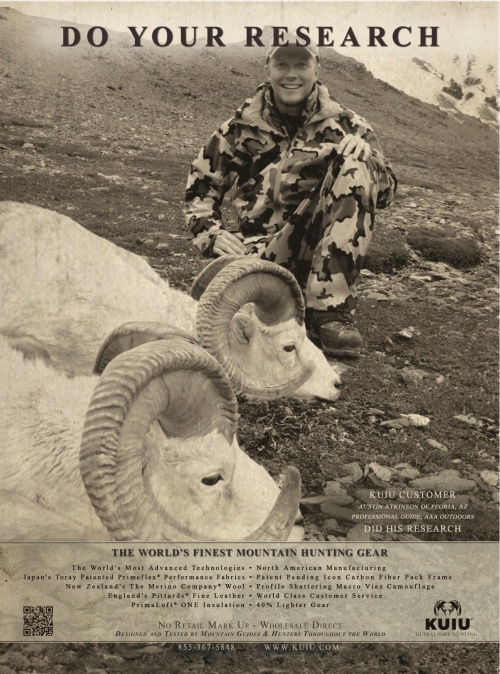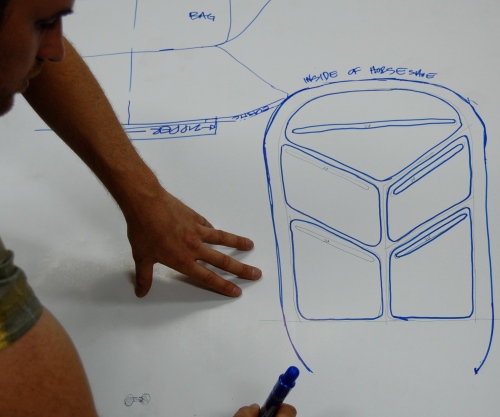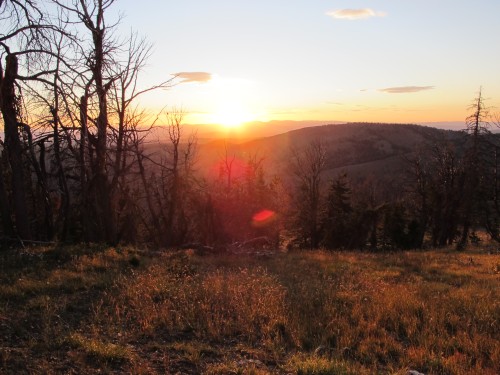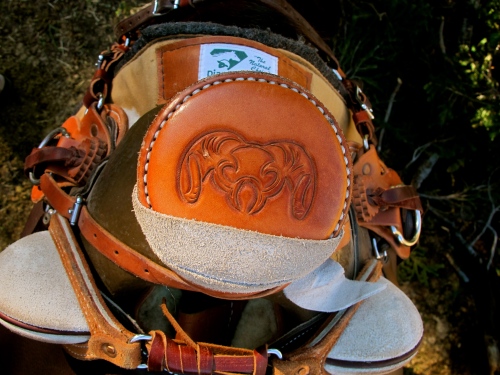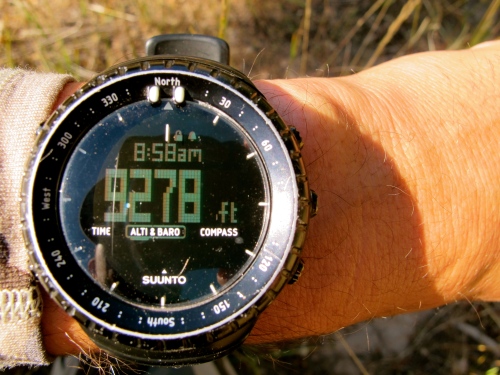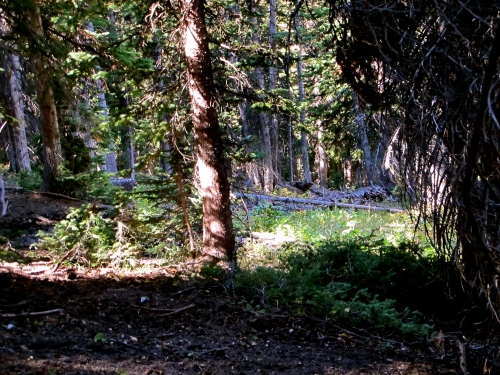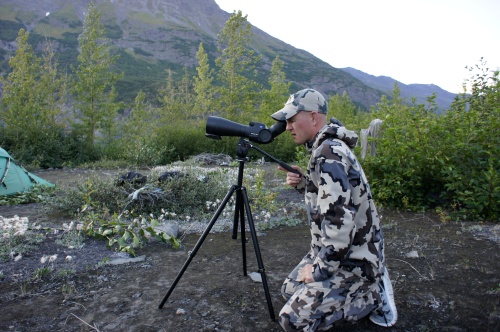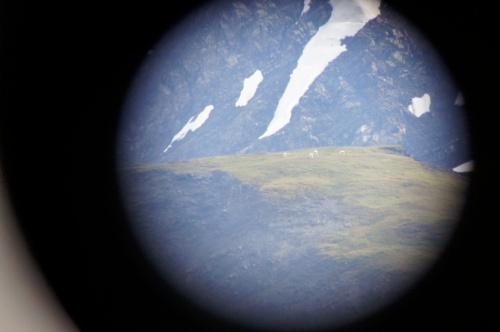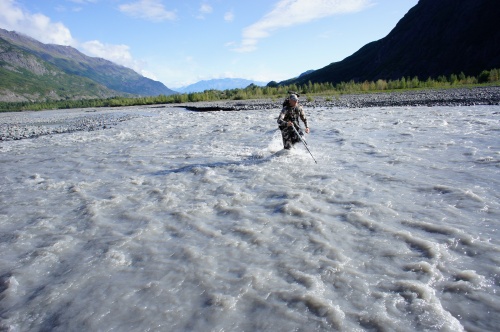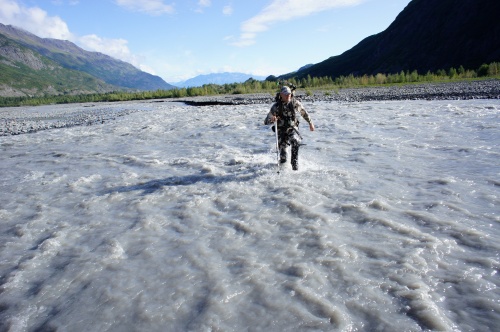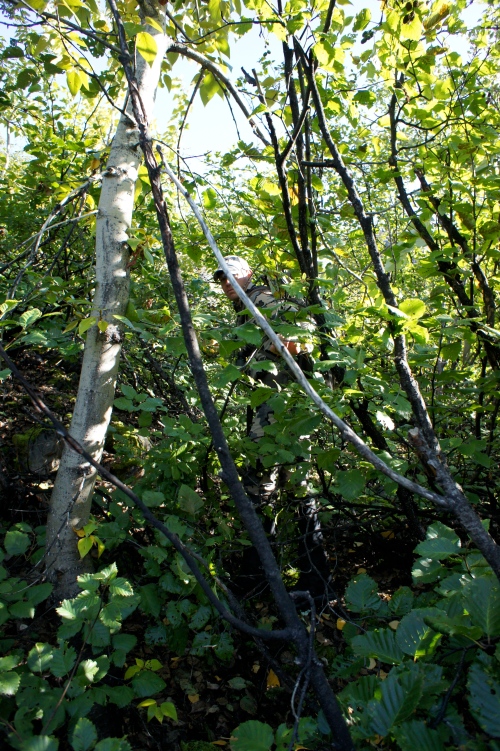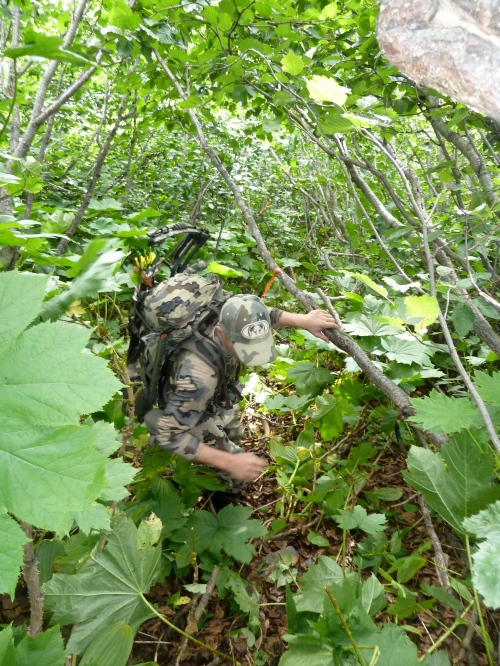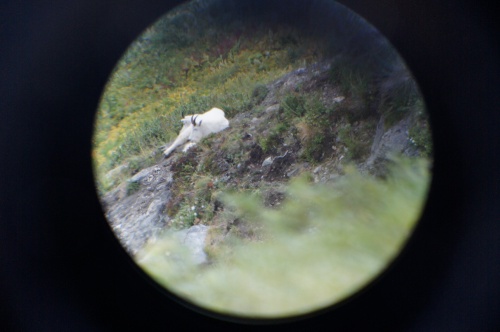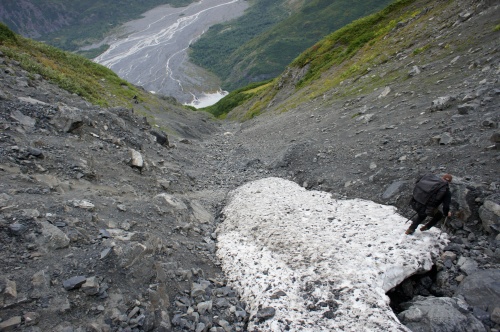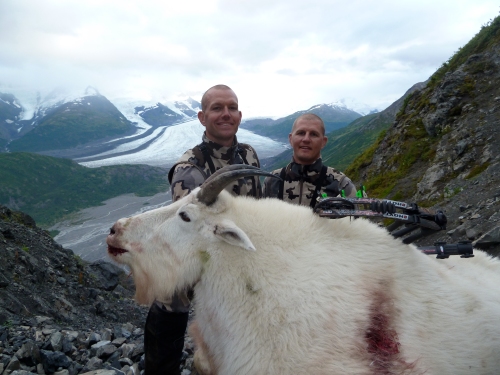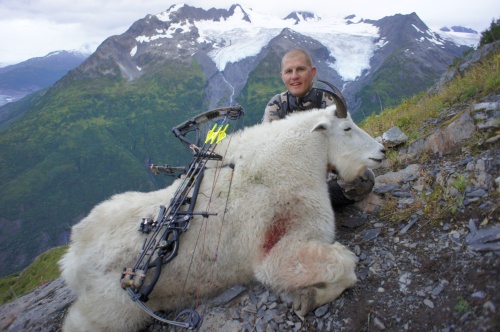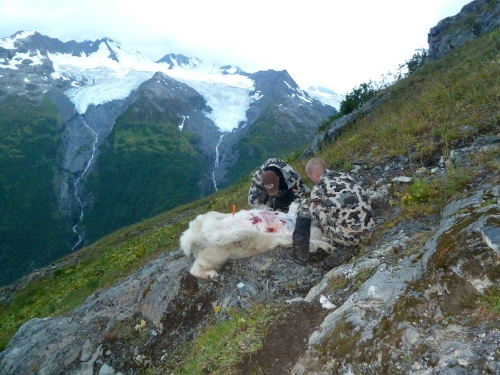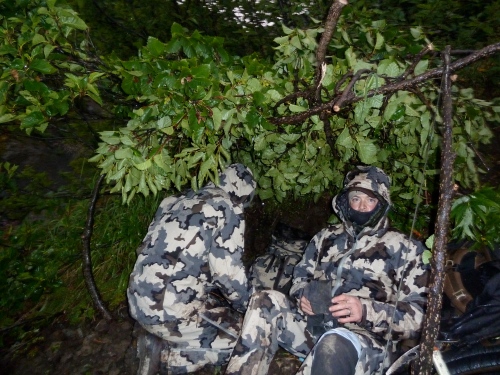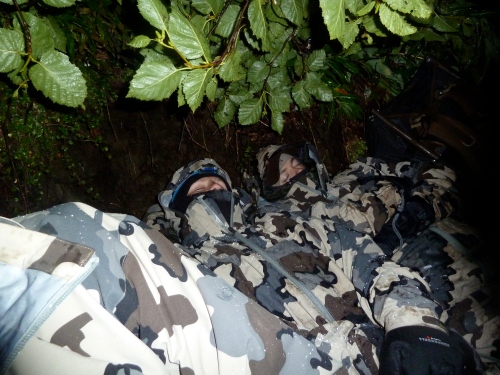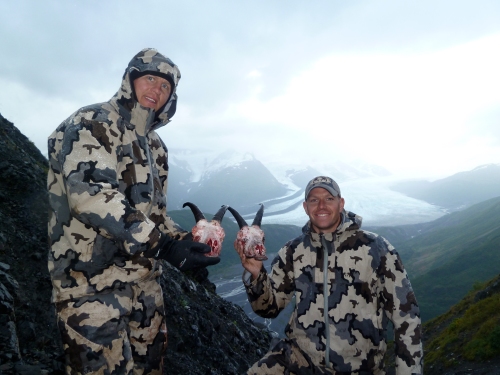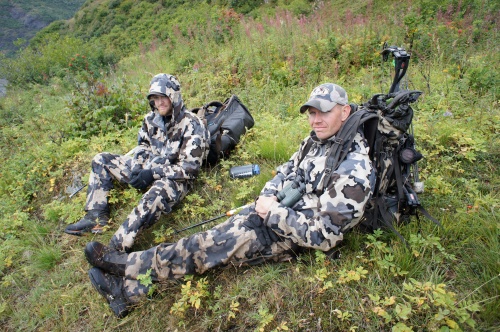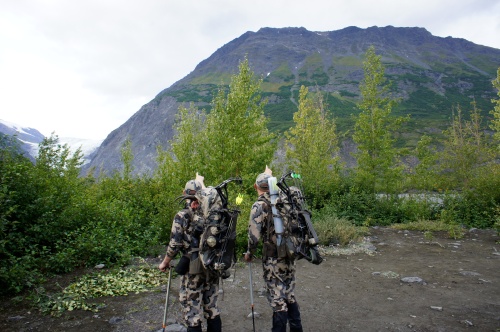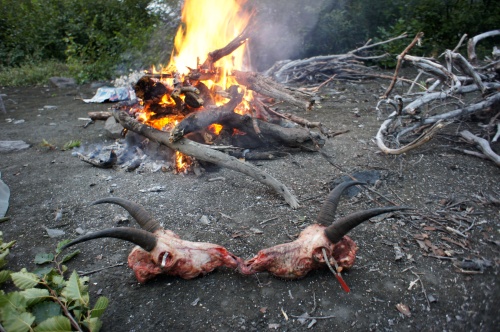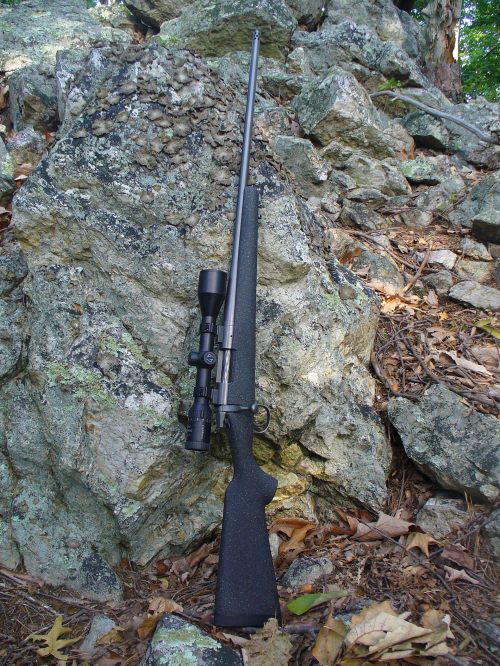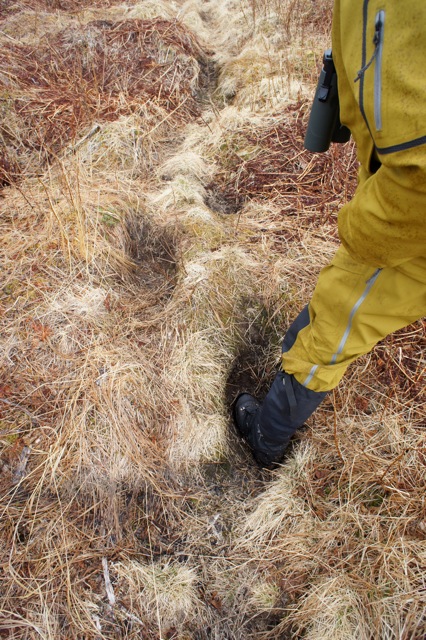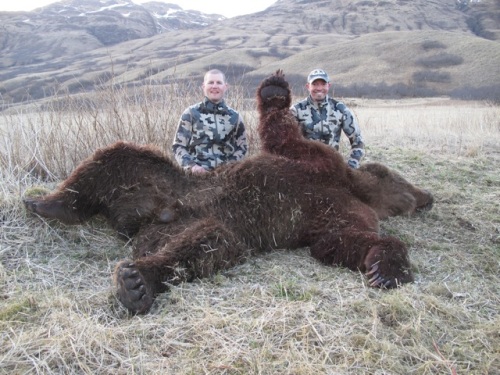
I am on my way home from a fantastic hunt and adventure with Arctic Red River Outfitters.
The Mckenzie Mountains are absolutely spectacular. Breathtaking Scenery, lots of game, challenging terrain and weather to test your gear body and mind.
Tavis runs a 1st class operation and pays attention to the smallest details. My hunt could not have gone better.
Below is a brief highlight photo essay of my hunt. I will follow up with a gear review and breakdown from the trip later this week. I hope you enjoy the photo & highlights of my hunt.
Jason

We flew into base camp on a Twin Otter, a 45 minute flight from Norman Wells on August 16th.

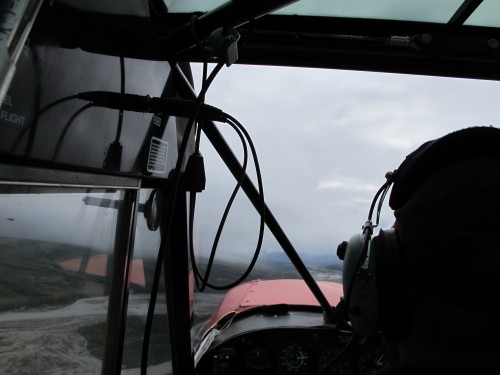


Tavis loaded my gear and I into his Super Cub and flew us into a gravel bar landing strip they call “Canyon Strip” not far from the Yukon border.

We camped the 1st night at Canyon Strip. Kent, my guide who was flown in the day before had already spotted 4 rams across the river from camp.
Later that evening I spotted 4 rams in a draw several miles up stream. We could see horns from a long ways away and there were two potential rams in this group worth a closer look. These rams were in the opposite direction from the hunt Kent had planned for us on Canyon Mountain and in area that has never been hunted due to logistics.
He asked me what I wanted to do. It was an easy decision, head for these rams. It would take us a whole day to get there.


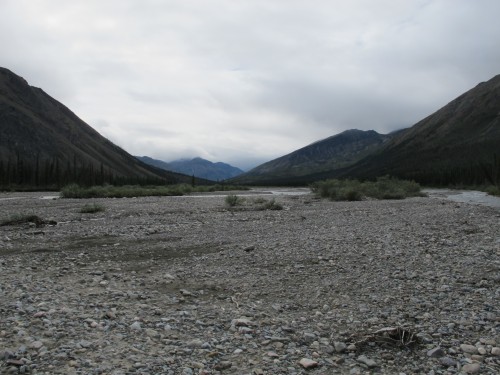

After hiking, bouldering and wading rivers all day we close the distance on the rams. Kent relocates them bedded in some high cliffs at the end of a ridge around 7pm.

The ram on the left is a heavy broomed ram that and the ram on the right is “tipped on both sides” with a deep curl. They are too far away to put age on them.

The broomed ram (on the left) is heavy but has a tight curl. The ram on the right is absolutely beautiful. He has a deep curl, holds his weight out in his lamb tips and is really wide. It is too late to make a move on them and we decide to wait until tomorrow to get closer and age this ram.
I try to talk Kent into a stalk that evening and he reminds me it is the 1st day and to have patience.
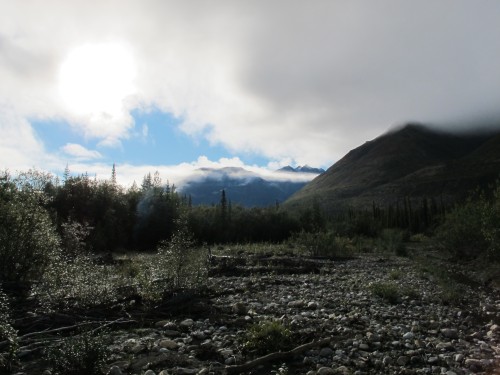

We woke to a low cloud ceiling that did not lift until after 11am. The rams were gone.
They were on a point above the river last night and we were sure they had disappeared into one of the two drainages above us. Our plan was to hunt up the drainage to the left and if we could not locate them circle around to the drainage to the right.
We knew they had to be in one of the two.
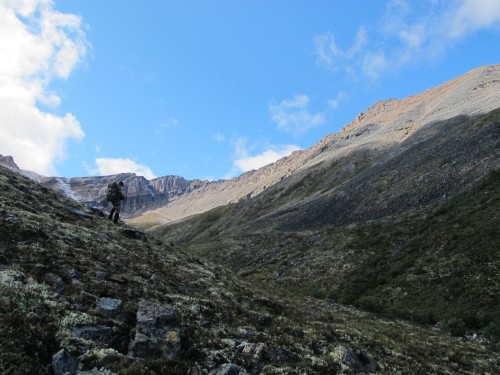
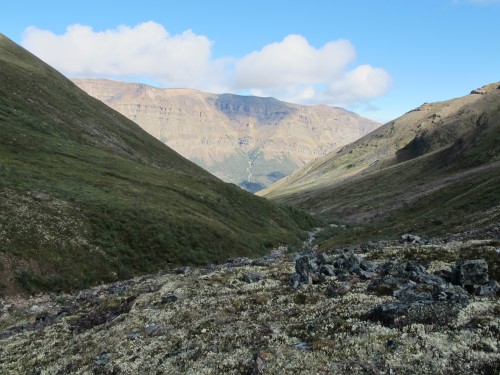
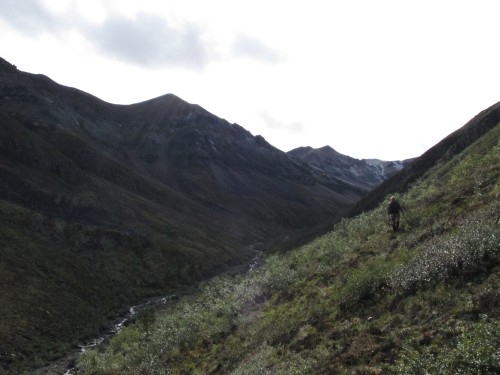
The rams were not in the 1st drainage so we hiked out and circled around to the second.
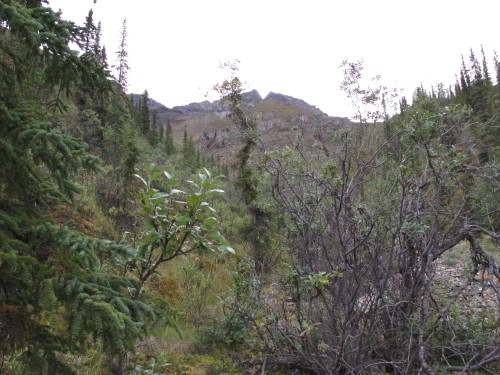
We hike into the second drainage around 5 pm. This drainage is split by a ridge you can see in the center of this photo.
This basin is very steep with cliffs, boulder slides and shale at the head of it. We climbed up this center ridge which in several parts of the climb were so steep they required you to use your hands to keep ascending.
I relocate the rams bedded at the very top just to the right of the ridge. All four rams were bedded on a black shale bench, this was one of the most beautiful scenes I have ever seen hunting. White Sheep on black shale.
They are now at 568 yards and we drop off the top of the ridge to stay out of sight begin a stalk to close the distance.

We closed the distance down to 240 yards. I double check my rifle and sneak over the ridge to set up for a shot. The rams were gone.
We knew they had not spooked and they had to be close so we held tight; It was getting late and we figured they had just gotten up from their beds.
Then we could hear them above us at the head of the basin walking in the shale. A large rock outcropping was blocking our view and we could not get closer. We set up to shoot and waited.
The wind began to swirl and the rams and lined out above us at 328 yards. Kent put the scope on the big ram and counted 10 rings and said shoot. He reminded me we were shooting straight up, which I mistook as a reminder to hold high.
I put my 350 yard mark in my recital behind his shoulder and squeezed the trigger. I shot right over the ram’s back. They took off on a run to our left. The rams stopped and looked back at us.
I put my 300 yard mark on him and squeezed the trigger. I heard the impact and Kent telling me good shot and the ram was down. What a moment.
It was surreal. All the preperation, training and planning came together so quickly. I had just shot the ram of my dreams.
I was simply speechless.




My ram is absolutely beautiful. Wide with a deep curl, both lamb tips and good mass all the way out. He is 10 years old, 13″ bases 39 x 39″ and grosses over 159″. I could not have been happier. What a ram.

It took us most of the night to pack ram off the mountain getting back to camp at 3:30am.
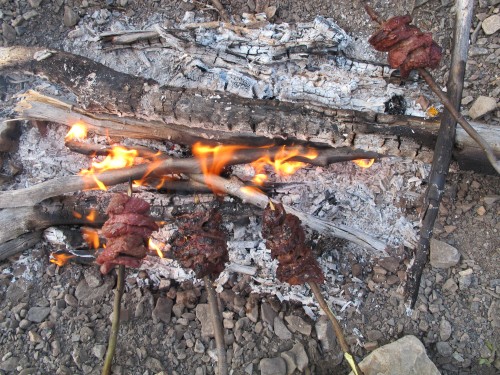

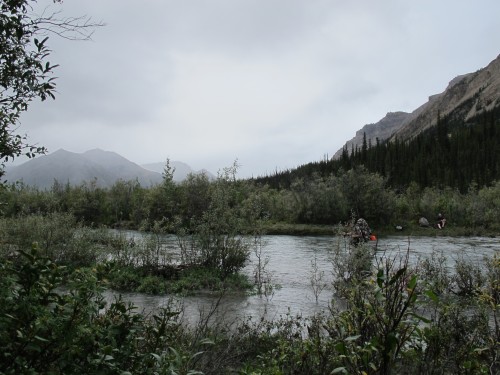
We spent day-3 preparing the cape and eating sheep backstrap and arranging a flight from Canyon Strip to a new area to hunt Mountain Caribou. Day 4 took us most of the day to get to the strip.
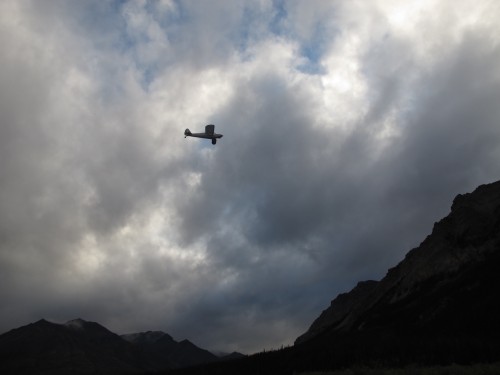

Tavis and Ron fly in around 8pm and move us to a new drainage to hunt Mountain Caribou.
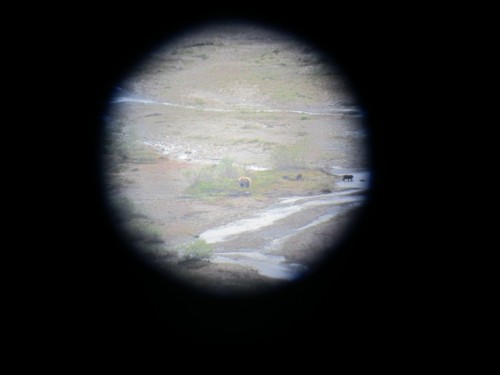

We spend day-5 above camp glassing for bulls. We watched this sow and cubs for most of the day feeding below us. We decide to head high tomorrow.
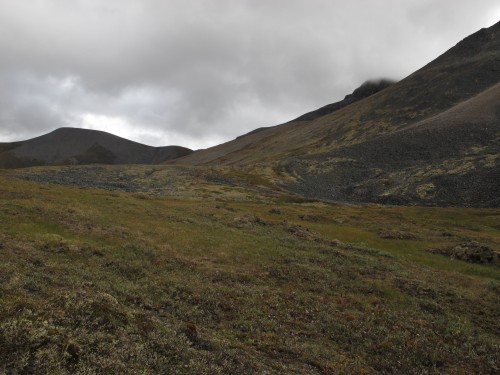
It took most of day-6 to climb up and over this high pass. We spott 65 sheep and a bachelor group of 8 bulls.
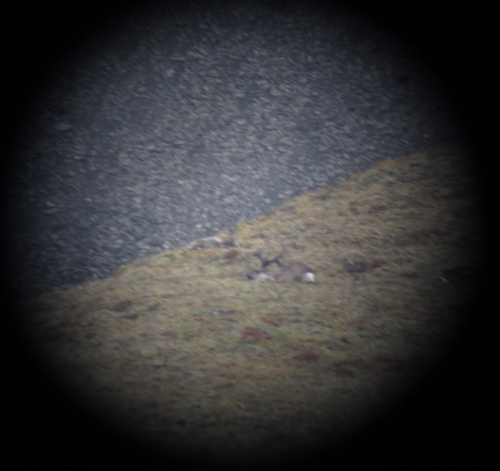
This old bull was asleep in his bed, antlers laid over on the lichen.
Kent and I discussed the challenges with the location of these bulls. They are high on the mountain, it was getting late, we were miles from camp, it was raining with a low cloud ceiling and it would be over an hour and 1500 vertical feet to get into shooting distance.
Against better judgement we make a move on these bulls.

We climb up a shale shoot and onto finger ridge you can see in the photo 348 yards across from the 8 bulls.
It was raining and the bulls were right at the cloud ceiling. We could see the bulls through the fog but had to wait it out until it cleared enough to make sure we had the right bull.
At 8pm the fog lifted slightly and the rain stopped and as if on cue the old bull stood up and turned broadside.
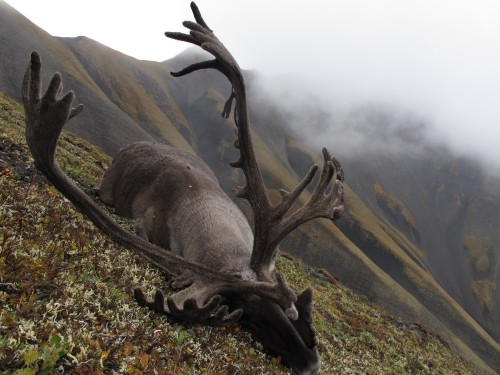

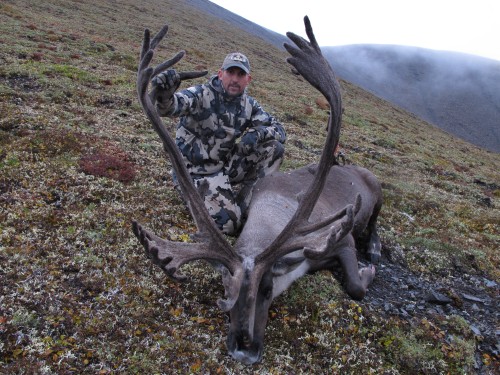

This bull is absolutely spectacular, the photos do not do him justice. He grosses over 400 inches, lots of mass and heavy palmation. I am absolutely thrilled, a Mountain Caribou of anyones dreams.

We earned this bull with the pack-out, we began heading for camp with over 100 pound packs full of meat, antlers and cape at 12:22am and after a hard climb and side hill in the dark, rain, fog and through a never ending boulder field we arrived at camp at 6:30am.
I did get to see the Northern Lights during the hike back to camp which I was convinced were hallucinations from exhaustion.
We flew back to camp on Day-8 and spent two days at base camp recovering and taking care of meat, horns and antlers.
Truly a hunt of a lifetime.

